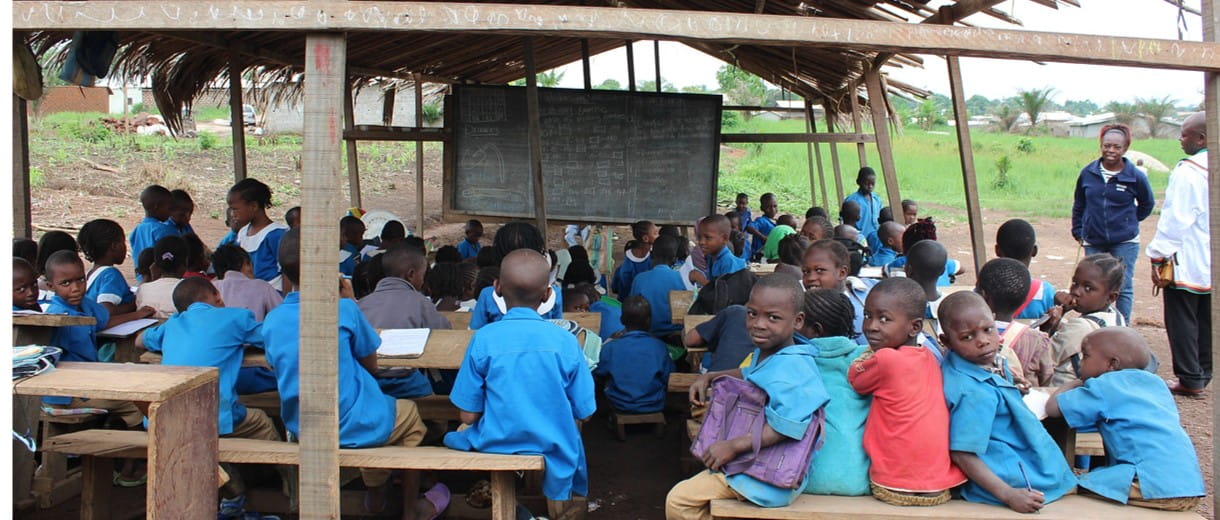
The Covid-19 pandemic was more than a global health catastrophe – it also had huge implications for the education of millions of students. Suddenly home schooling was the norm. In many instances education gaps widened, particularly between rich and poor countries. But the crisis also opened up the prospect of better ways of teaching children. The technology that plugged gaps allowing students to learn even in the absence of in-person teaching – Zoom calls, mobile phones and the internet – can also drive a revolution in how education is approached in the post-pandemic world.
Education technology – edtech – can radically transform education by tailoring it to individuals, according to the participants in a New Foundations podcast produced by The Economist Intelligence Unit and supported by Pictet.
Take Century Tech. “The machine will track every movement the student makes, or every tap on a tablet,” says Priya Lakhani, the company’s CEO. In doing so, it solves two problems faced by traditional education systems: one size fits all delivery and teachers’ administrative burden.
Century Tech’s adaptive platform can track exactly how each individual student is learning, where there are gaps, and the speed of progress. This can be fed back to teachers who can then help individualise teaching. They can also pass on the information directly to parents as a way of reducing the 60 per cent of time spent on administrative tasks.
“When it comes to the promise of education technology, it doesn’t take a massive leap of imagination to consider that education might be having its Netflix moment,” says Lea Simpson, co-founder of Brink, an educational consultancy, and the director of innovation for the global EdTech Hub. “You can imagine technology delivering content that is best suited to that individual learner and allows them to move at their own pace, the same as the difference between sitting in front of broadcast television or consuming Netflix.”

Some of the biggest gains are to be had in the emerging world.
“Over 90 per cent of primary-age children in low-income countries and about 75 per cent in lower-middle income countries, and that’s around 330 million children – are not expected to read or do basic maths at the end of primary school,” says Simpson.
“Although children were going to school they weren’t learning the fundamental basic skills,” says Jenny Perlman Robinson, senior fellow with the Center for Universal Education at the Brookings Institution.
One major solution is technology.
“Technology can provide the backup support where students get the practice but the practice is designed based on the learning gaps that they are showing,” says Sridhar Rajagopalan, creator of the Mindspark education programme in India. “The role of technology is not like a video or the use of animations that make lessons exciting, but it’s really the ability to personalise…it can really help countries leapfrog stages that they would otherwise have to go through over a long period of time.”
But there are still constraints. Developing countries have infrastructure constraints around electricity and connectivity. In some places like Afghanistan and Uganda, two-way radio has been an important tool, allowing pupils access to remote teachers. In Lebanon, refugee communities are looking at using WhatsApp for teaching, says Simpson.
But an even more difficult hurdle is making sure that teachers know how to get the most out of the software.
“In countries, especially the poorer countries including India, education in practice tends to be organised around inputs,” says Rajagopalan. That generally means making schools available and that teachers are there or that pupils have laptops if that’s one of the metrics. What they don’t look at so much are outcomes – whether children are actually learning, Rajagopalan adds.
Ultimately, there is a plethora of opportunities in edtech, from AI to voice recognition. Indeed, the learning and development market is worth around USD370 billion, having grown by more than a third in the past decade. The key will be making sure this new tech is used appropriately and sensibly. But the pandemic has certainly given the move a strong impetus.
You can hear more about education technology on the “New Foundations” podcast.


